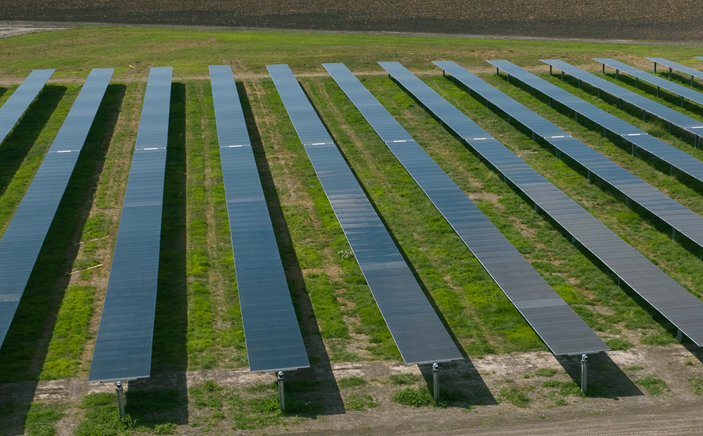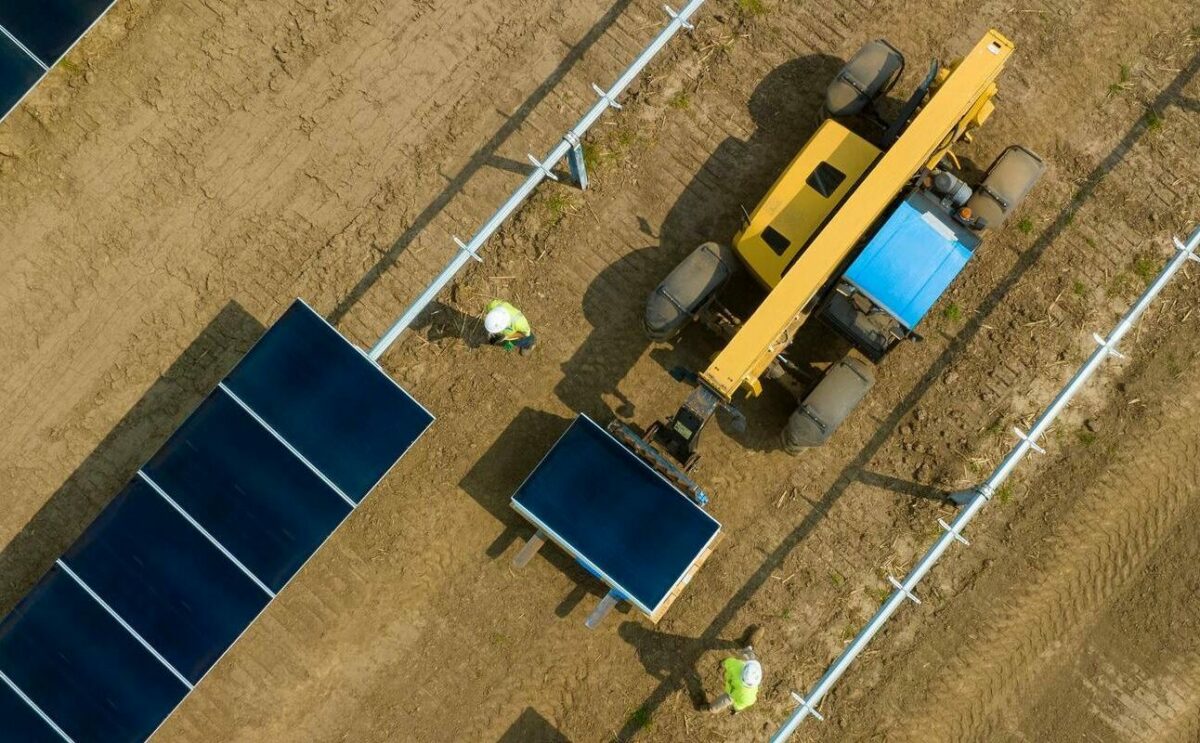The Responsible Solar approach part 1: Emerging best practices
First article in a series by Alyssa Edwards, Vice President, Environmental Affairs and Government Relations:
Emerging best practices in solar deployment are essential to the industry’s growth.
This is the opening piece in a series exploring how best practices in environmental and land management increase community acceptance and enhance the surrounding environment.
Solar power is one of the fastest growing energy sources, with installations in Q3 of 2021 up 33% from the previous year, according to the latest SEIA/Wood Mackenzie Power & Renewables U.S. Solar Market InsightTM report. As the world races to meet the urgency of the climate crisis and low-cost solar outcompetes fossil fuels, more Americans are likely to encounter solar projects in their communities.
That enhanced visibility has led to more questions about siting and land use. In proactively addressing community concerns, solar developers have an opportunity to raise the bar and provide benefits to host communities. Responsible solar goes beyond generating clean electricity, by adding biodiversity, stimulating job creation, bringing tax benefits, and supporting local organizations.
At Lightsource bp, we’ve embraced the concept of going beyond solar by layering in environmental co-benefits giving our host communities confidence that their new neighbors are good stewards of the land. We’ve made it our hallmark to increase biodiversity throughout our portfolio. We do this not only to be good neighbors, but because it is part of our Lightsource bp ethos.
This series highlights best practices in environmental and land management with case studies to exemplify each. We begin by acknowledging that the fundamental purpose of solar to create emissions free, renewable energy. Many developers, like Lightsource bp, are adding benefits to the environment and community that go beyond clean energy generation.
We will also explore the following topics:
Improving soil health
Implementing soil quality enhancement measures, such as planting curated seed mixes before construction, creates healthy vegetation that reduces erosion, stabilizes the soil, and improves the land for future agricultural use.
Supporting habitat and biodiversity
Creating specialized habitat for wildlife, such as high value pollinator gardens, can improve the local ecosystem. Additional measures can be taken to foster and protect sensitive habitats.
Combining solar with agriculture
Working with local agricultural communities to implement sheep grazing programs to manage vegetation at solar projects.
Recycling & lifecycle management
We are committed to recycling all solar panels used at our US projects. We also have a role on the Board of the Solar Energy Industry Association, which is working to develop collection and recycling processes for the solar industry.
Solar farms are an important part of the clean energy transition, and communities can be proud of them. Lightsource bp is leading the industry in employing a range of best practices as part of our Responsible Solar Approach.
In our next piece we’ll look more closely at the foundational benefit of solar farms: putting renewable energy on the grid. Read it here.
Alyssa Edwards first published this article on LinkedIn in on April 5, 2022. To leave a comment or question, please view the original post here.
Related news
14 Oct, 2025
Lightsource bp and Pinnacle Financial Partners announce $97.9M tax equity deal for Peacock Solar
Lightsource bp and Pinnacle Financial Partners today announced the closing of a $97.9 million tax equity deal to finance the 187 MW Peacock Solar in San Patricio County, TX.
15 Aug, 2025
Lightsource bp wins two North American Agrivoltaics Awards
Lightsource bp proudly announces receipt of two North American Agrivoltaics Awards: Solar Ranch of the Year and Champion of the Year.
31 Jul, 2025
Solar Power World names Lightsource bp the top solar developer in the USA
Lightsource bp, a global leader in renewable energy development, has been named the United States’ #1 solar developer by Solar Power World.




